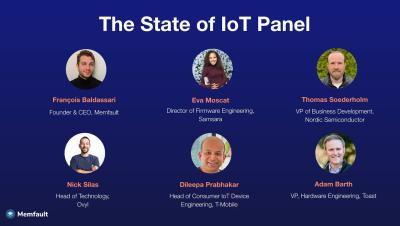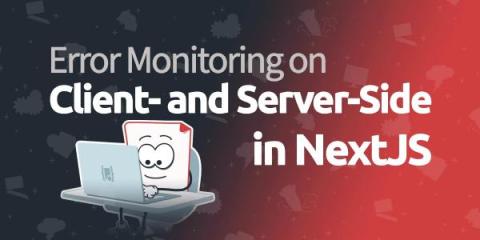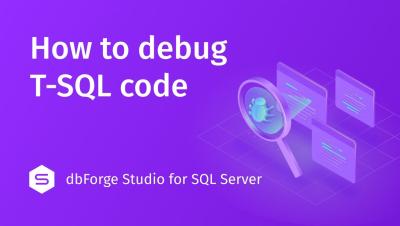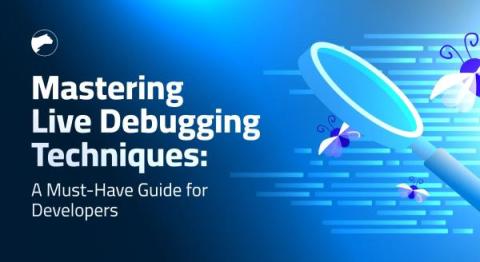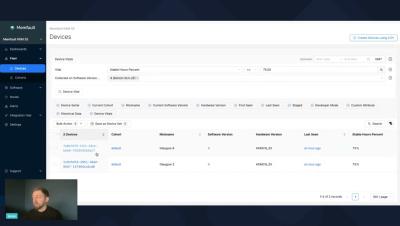Embedded Open Source Summit 2024 Recap
April marked the return of the Embedded Open-Source Summit, this year in Seattle. I was lucky enough to be able to attend and split my time between the Memfault booth in the exposition hall and many of the captivating presentations. Since the videos have just been published on the the Linux Foundation’s YouTube account, we thought it would be a good time to highlight some of the talks and give you a quick summary which will, hopefully, inspire you to go watch them!



